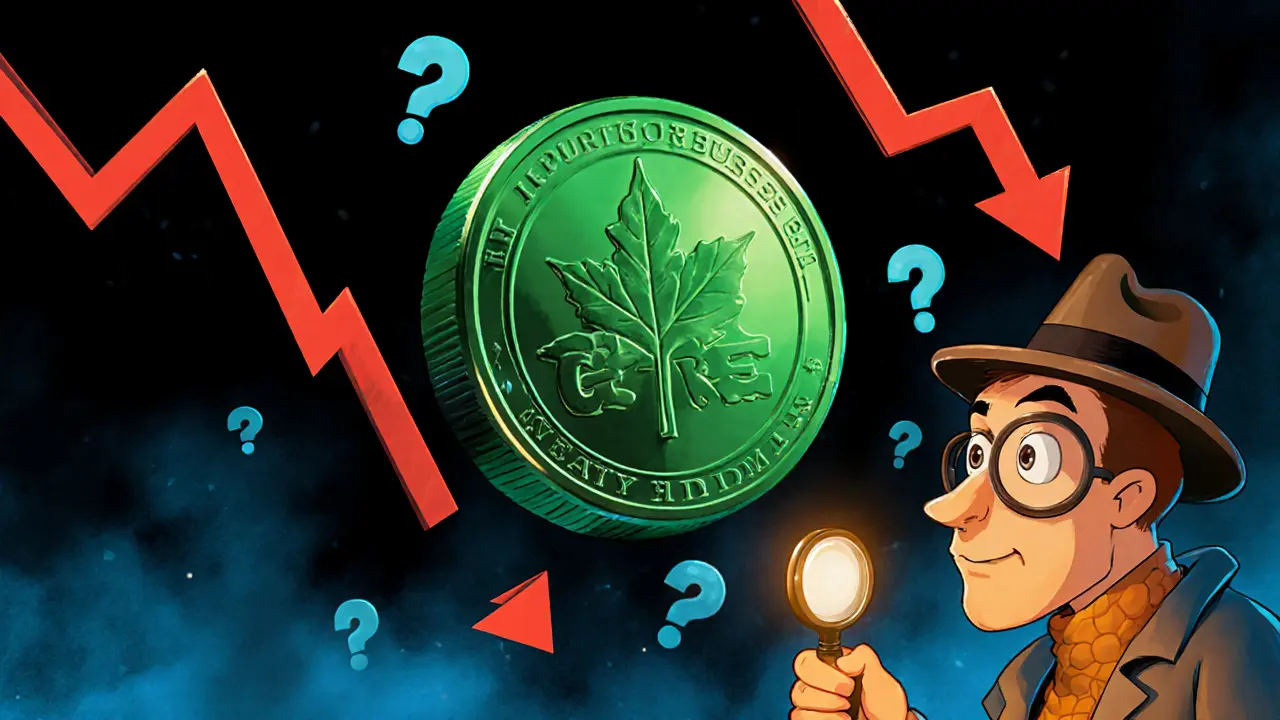Green Crypto: Eco‑Friendly Blockchain Resources
When talking about green crypto, cryptocurrencies and blockchain projects that aim to lower their environmental footprint. Also known as eco‑crypto, it focuses on energy efficiency, carbon neutrality, and sustainable practices. In practice, green crypto encompasses several approaches: from consensus mechanisms that consume far less power to real‑world initiatives that offset emissions.
One of the biggest levers is Proof of Stake, a low‑energy validation method that replaces the energy‑hungry proof‑of‑work mining model. By letting validators lock up tokens instead of running massive hash farms, PoS cuts electricity use by up to 99 % compared with traditional mining. Another pillar is Carbon Offset, a program where crypto projects purchase credits to neutralize the CO₂ they emit. Offsets turn otherwise dirty operations into net‑zero activities, and they give users a transparent way to track impact.
Key Pillars of Green Crypto
Beyond PoS and carbon offsets, Renewable Energy Mining, the practice of powering mining rigs with solar, wind, or hydro sources is gaining traction. Projects that locate farms near wind farms or build solar‑covered data centers can claim a truly green hash rate. A related concept is Sustainable Blockchain Design, architectures that minimize on‑chain data, use sharding, or adopt modular layers to reduce computational load. These designs lower the amount of data each node must process, which translates into fewer servers and less power consumption.
All these elements influence each other. For example, a blockchain that adopts PoS often needs fewer validators, which makes it easier to run nodes on renewable‑powered hardware. At the same time, carbon‑offset programs boost investor confidence, encouraging more capital to flow into energy‑efficient projects. The result is a feedback loop where sustainability fuels adoption, and adoption funds further sustainability.
Regulators are starting to notice, too. Countries with strict emissions policies are offering tax breaks for crypto firms that prove they run on clean energy. Meanwhile, exchange platforms are adding green‑rating scores to help users pick low‑impact tokens. These policy moves create market incentives that align profit with planet.
From a user standpoint, the practical takeaways are simple. Look for tokens that explicitly state a PoS or delegated‑proof‑of‑stake model, check if they publish third‑party carbon‑offset audits, and see if their mining operations cite renewable sources. Projects that combine two or more of these signals usually rank higher on the sustainability ladder.
Below you’ll find a hand‑picked mix of guides, token analyses, and airdrop alerts that all tie back to these eco‑focused concepts. Dive in to learn how you can stay ahead of the green crypto wave while protecting your portfolio and the planet.

GREEN Crypto Coin Explained: What Is the GREEN (GRE) Token?
Caius Merrow Jul, 22 2025 14A detailed look at GREEN (GRE) crypto: tokenomics, missing tech specs, eco‑claims, market data and why it falls short of genuine green blockchain standards.
More Detail